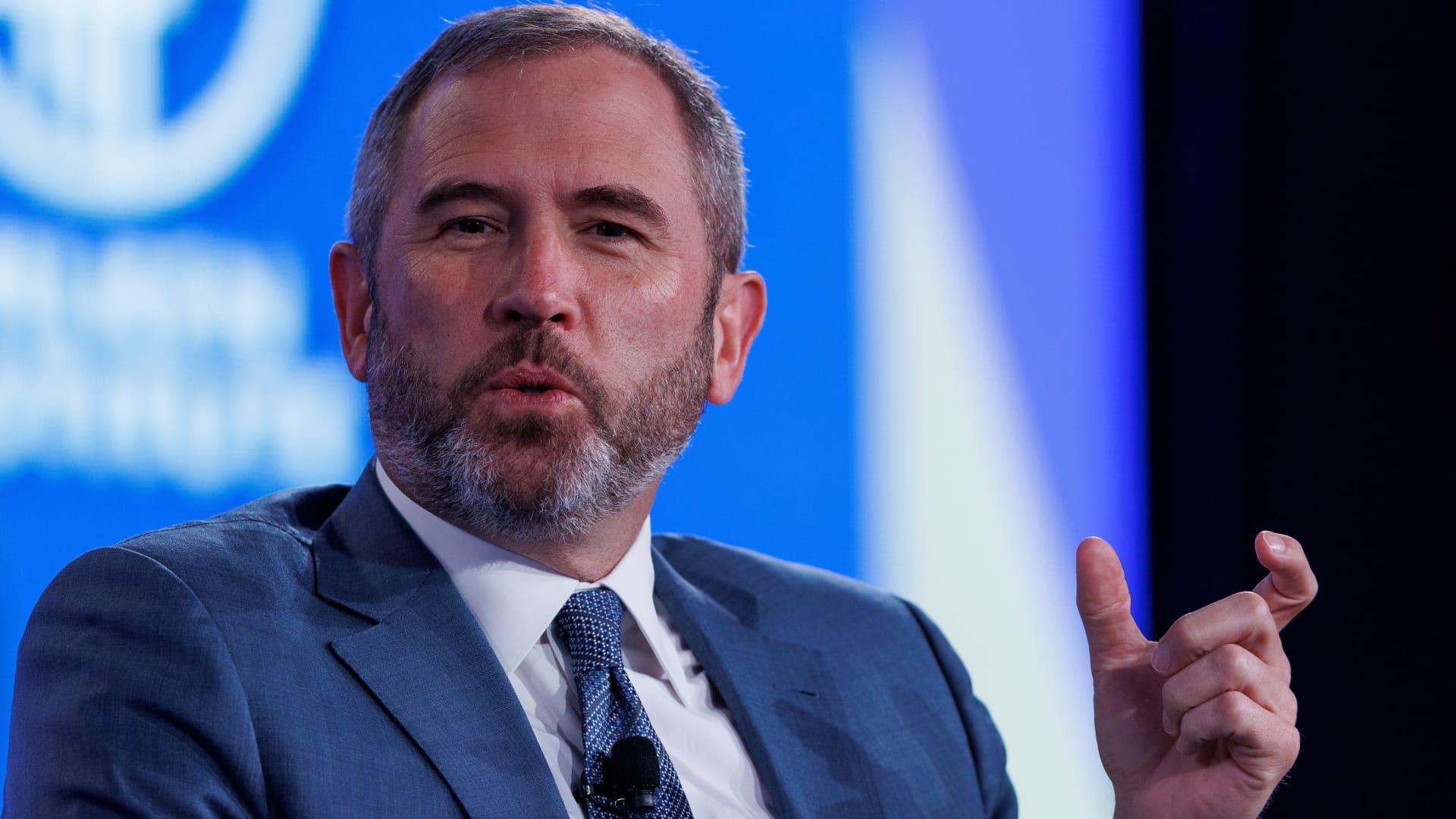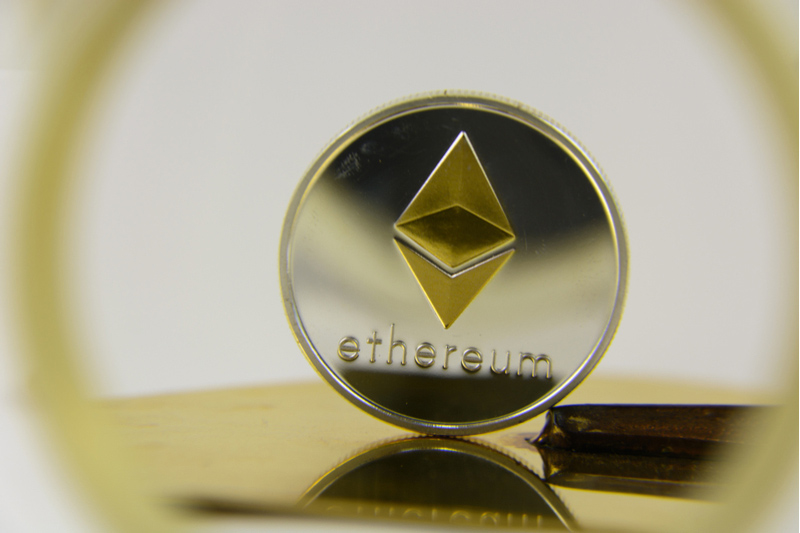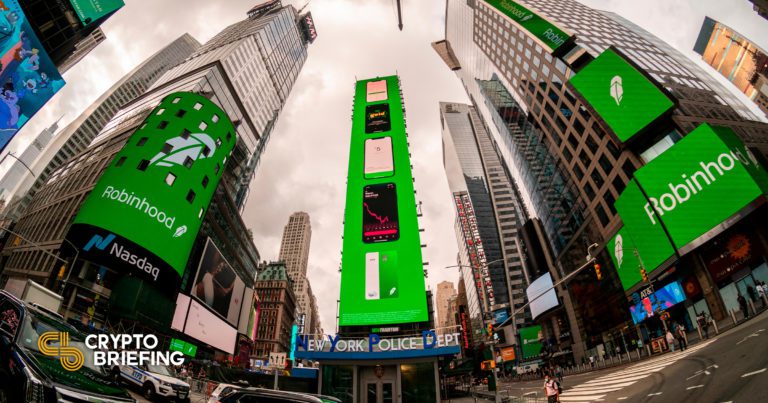Tired of reading about ChatGPT? Us, too. The hand wringing over of how artificial intelligence is going to put writers and artists, among many other white-collar criminals, out of a job is missing the point. The power of generative AI, the particular kind of machine-learning technique behind ChatGPT, has yet to be tapped. The big brains at market research firm CB Insights recently noted that despite 2022 being a record year for investment in generative AI startups – with equity funding topping $2.6 billion across 110 deals – about 85% of the 250+ generative AI companies are Series A or earlier. In other words, we’re still in the early stages of commercialization of this technology, which can not only generate A-grade essays for frat boys, but create images, speech, and software code

There appear to be a few industries missing or subsumed by other categories from the above graphic, chief among them AI and healthcare. This is a topic we’ve been writing about for years, so surprised that this isn’t on the radar in terms of the startup landscape. Certainly a few headlines have emerged with the AI generative hype, particularly around areas such as AI for drug discovery. In fact, one of the many, many AI drug discovery startups that we’ve covered, Absci, recently posted a preprint paper describing how it’s possible to use generative AI to churn out highly relevant candidate antibodies to treat certain kinds of cancerous tumors.
Schrödinger and Drug Discovery

Then there is a drug-discovery company like Schrödinger (SDGR). The New Yawk-based public company has somewhat downplayed the role of machine learning on its computational physics-based platform, which predicts critical properties of molecules with a high degree of accuracy. In fact, the company has explicitly called out the limitations of machine learning. To simplify the argument: Machine-learning algorithms can only build predictive models based on what they have already learned from training data. Since the number of possible molecules that could be synthesized is “effectively infinite,” machine-learning algorithms can only cover a “minuscule fraction” of the total number of molecules that could potentially be developed. Similarly, generative AI algorithms cannot create entirely new outputs, but only combine what they already know in new ways thanks to massive computing power.
However, AI algorithms are a key component for scaling and accelerating the drug-discovery process thanks to their ability to ingest massive amounts of delicious data, according to Schrödinger. The combination of its computational platform and machine learning to predict molecular properties for developing new drugs and materials, the company maintains, is much faster and more precise than traditional methods. How much faster? The platform can evaluate molecules in hours rather than the weeks that it typically requires in the laboratory. It can literally cover billions of molecules per day, whereas labs would be hard pressed to synthesize 1,000 per year. One peer-reviewed study said it took Schrödinger’s platform less than a week to analyze 300,000 molecules versus years with traditional methods.

So, why are we telling you all this when all you really want to know is just how good did Schrödinger stock do in 2022? Drug discovery is an extremely dynamic industry with lots of competitors. Pharmaceutical companies are all looking for an edge, and AI promises to cut costs and time to market, while boosting the probability of success. We believe Schrödinger has a unique advantage in this market, but there are other pure-play AI drug discovery companies that we also like. Retail investors in emerging technologies need to be aware of the emerging trends, even if we don’t always understand all of the technical details. In this case, we feel that after more than 30 years in business, Schrödinger has developed a platform that can not only stand the test of time but keep in step with the march of scientific progress.
Let’s check in with its business progress in 2022.
Schrödinger Software Continues to Scale
Last year, we did a deep dive into Schrödinger’s business model, so we’re not going to spend a ton of time rehashing all that. The company basically tracks two big buckets of money: software revenues and drug discovery revenues. The majority of revenues from the former involves licensing software that customers access on their own hardware or cloud. Nearly all of the latter revenues are related to different kinds of payments (i.e., royalties, milestones, etc.) that Schrödinger receives for its R&D collaborations with more than a dozen different partners.

Some interesting stats behind the software revenue numbers:
- About 32% of software revenues come from the top 20 pharmaceutical companies in the world based on 2021 revenue.
- The 10 largest software customers account for 32% of software revenue, with one customer making up 16% of total revenue.
- The company had nearly 1,750 active customers with annual contract value (ACV) of at least $1,000. Most are actually academic institutions.
- The number of customers with an ACV of more than $100,000 grew from 190 in 2021 to 227 in 2022.
- Eighteen customers had ACVs of more than $1 million in 2022, up from 15 in 2021.
- Four customers with an ACV in excess of $5 million.
- Customer retention rate for those with an ACV of more than $100,000 was 96%, and was 96% or higher for each of the previous nine fiscal years.
Note that the last bullet point is different from net retention rate, which is a measure of how much recurring revenue from existing customers is going up or down in a given year. Schrödinger’s business model isn’t exactly a software-as-a–service (SaaS) model but something of a hybrid with variable contract lengths. The high retention rate is a good sign that customers are finding value in the platform. However, there is obviously some customer concentration risk in there as well, but that’s partly offset by the company’s drug discovery money bucket.
When it comes to valuation, Schrödinger stock is currently trading at a favorable simple valuation ratio (market cap of $1.67 billion/annualized revenues of $227 million) of about 7, compared to our catalog average of six.
Drug Discovery Revenue Also Scaling
While not the same as a SaaS business model, there is some amount of predictability in the software revenue, especially if you can count on at least 96% of your biggest customers to re-sign their contracts every year. That’s not the case with drug discovery revenue. This money relies on some up-front fees, milestone payments, royalties, and other unpredictable payouts that largely rely on customer success with developing a new drug. Currently, Schrödinger has 15 active collaborations, including nine in various clinical stages.
One of its biggest deals is with Bristol Myers Squibb in which the drug-discovery company received an upfront payment of $55 million spread across multiple years. In 2022, the BMS deal accounted for about half of drug-discovery revenues (so a different kind of revenue-concentration risk). Based on the 2023 outlook from Schrödinger management, the company is expecting some other big payoffs this year.

There is an outside chance that this money bucket could overflow with more than $100 million, but management went with the more conservative estimate. We’ll be curious to see how that plays out over the rest of 2023. Incidentally, while Q1-2023 software revenue looks flat compared to a year ago, Schrödinger historically has its best quarter in Q4:

Retail investors in Schrödinger just have to live with a revenue model that is a little messier than most.
Schrödinger Equity Investments
If payouts from these different drug discovery deals are considered “lumpy” – business speak for big chunks of irregular revenue – then payoffs from equity investments are downright bumpy and turbulent. Any profit from equity is not counted as part of the company’s regular revenues for that reason. At the end of 2022, Schrödinger had shares in seven startups, whether in lieu of cash for services rendered or as part of a traditional private equity investment, including one joint venture.

Several of these investments have actually turned out to be pretty lucrative for Schrödinger. At the top of the list is Nimbus Therapeutics, co-founded by Schrödinger and Atlas Ventures back in 2009 as a limited liability holding company. Nimbus sports a so-called asset-centric business model, which became associated with the biotech scene about 15 years ago. The idea behind these LLCs is to focus on developing and delivering the value of an asset (small-molecule drugs, in this case), rather than on building a large organization or infrastructure. You can read more about the blueprint of this business model here and here.

In 2016, for example, Nimbus sold off a subsidiary called Nimbus Apollo to Gilead Sciences for $400 million upfront in a deal potentially worth $1.2 billion. Last month, Takeda Pharmaceutical agreed to acquire another Nimbus subsidiary, Nimbus Lakshmi and its lead autoimmune drug asset, for $4 billion upfront. That deal will net Schrödinger nearly $150 million this year – almost exactly what it lost in 2022. Also last month, Structure Therapeutics (GPCR), another company co-founded by Schrödinger, completed an upsized IPO. Previously, in 2019, Morphic Therapeutics (MORF), yet another biotech co-founded by Schrödinger, went public and today sports a market cap of nearly $1.7 billion.
Other startups on the list, including Ajax and Bright Angel, are also part of the larger Schrödinger family of drug discovery companies that use the computational physics-based platform.
Conclusion
Schrödinger obviously has quite a few irons in the fire – and we haven’t even touched on the company’s own drug pipeline, which it initiated about five years ago. The fact that so many downstream revenues are starting to flow into the general coffers seems to be a big validation of its platform. Indeed, it’s apparent that Schrödinger has ingratiated its platform throughout the biotech and pharmaceutical industries, as well as academia. Even a potentially disruptive technology like generative AI couldn’t easily dislodge it.
Want to know what 30 tech stocks we own right now? Want to know which ones we think are too risky to hold? Become a Nanalyze Premium member and find out today!

















